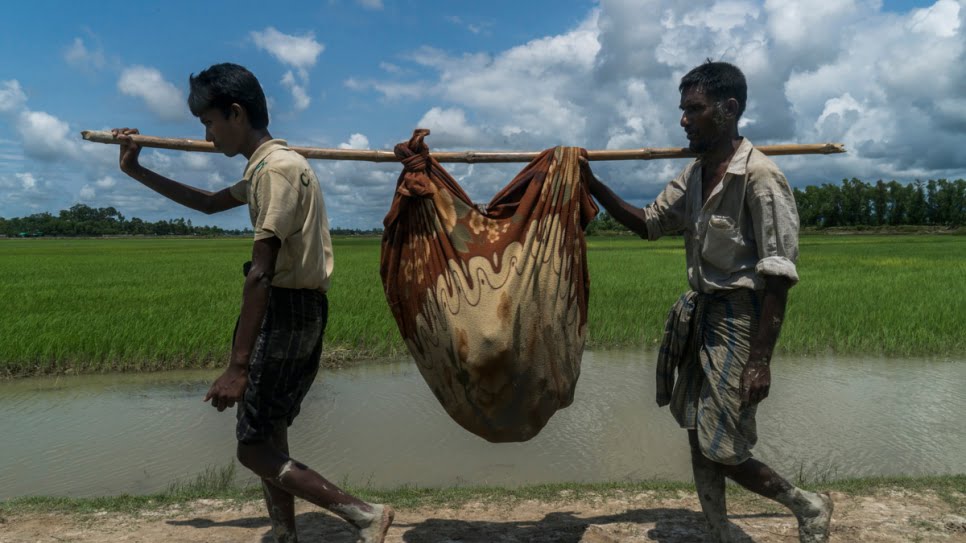Nearly 400,000 ethnic Rohingya have fled Myanmar across the border to Bangladesh. That number is increasing by the day. Those who have fled have relayed stories of horrific violence being inflicted against this minority community by their government.
Since late August, security forces from the government of Myanmar (also called Burma) have attacked villages and towns in a seemingly coordinated fashion to create a massive displacement crisis. The UN High Commissioner for Human Rights has described what is happening a textbook example of ethnic cleansing.” At a press conference yesterday, the UN Secretary General Antonio Guterres concurred.
“When one-third of the Rohingya population has got to flee the country, can you find a better word to describe it?” he asked.
On the line with me to discuss this current crisis is John Sifton, the advocacy director Human Rights Watch-Asia. We spoke just after he got off the phone with his colleagues on the Myanmar-Bangladesh border who have witnessed profound scenes of destruction. Sifton describes satellite imagery he’s reviewed that depicts towns, villages and neighborhoods being burned to the ground.
This episode provides a useful background on the plight of the Rohingya population in Burma and explains why Nobel Laureate Aung San Suu Kyi, the de-facto leader of the country, has been unable or unwilling to stop this onslaught against a minority community in her country. Sifton offers some good suggestions on how the international community might best respond to this unfolding crisis.
If you are regular listener to the show, you know that I have done several episodes on this issue–which is one of those under-the-radar global issues that I like to highlight on the podcast. Now, of course the situation is making headlines for all the wrong reasons.
If you have twenty minutes and want a deeper understanding of what this campaign of ethnic cleansing against looks like — and how to stop it — have a listen.
Subscribe on iTunes, Stitcher or get the app to listen later.

